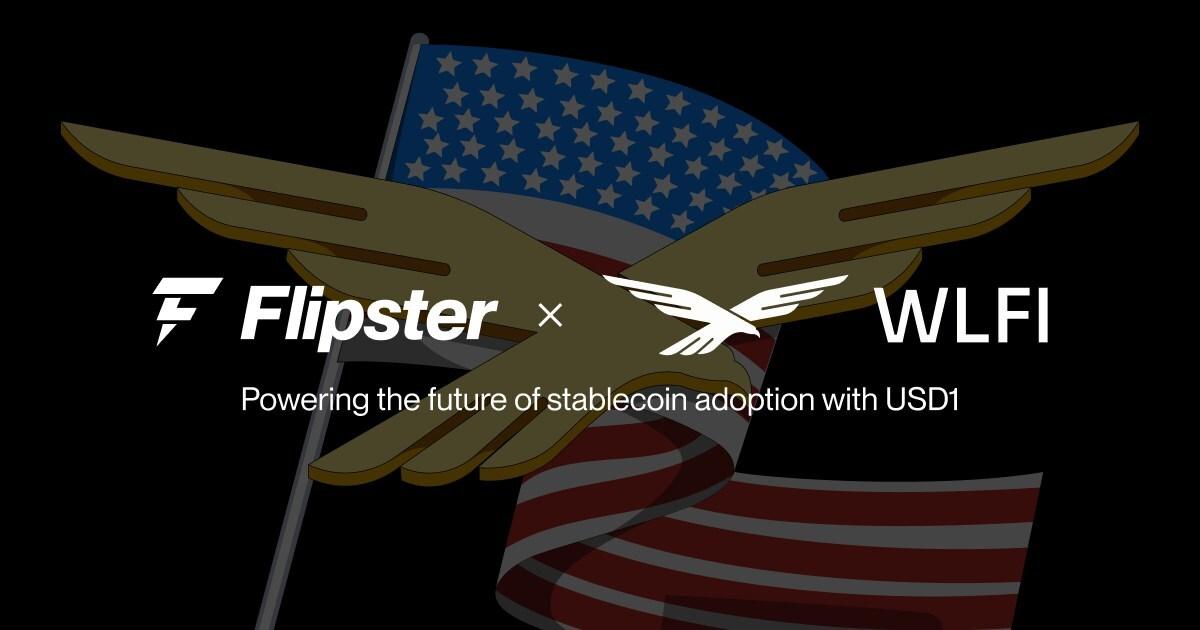Real Value is in Infrastructure, says Zilliqa’s CEO on Refocusing to Build the Base Layer and Empower Innovation

Some names never go out of fashion, and in the world of blockchain, Zilliqa remains one of them. Known as the first public blockchain to implement sharding, Zilliqa has long been a pioneer in scalable Layer 1 infrastructure. With the rollout of Zilliqa 2.0 and an upgraded mainnet, the platform is on its mission to bridge institutional finance and DeFi. With over $50 million in digital assets under treasury management and a focus on developer accessibility, regulatory compliance, and enterprise-grade performance, Zilliqa is evolving into a blockchain built for speed and real-world adoption.
Today, we sat down with Alexander Zahnd, Interim CEO and CFO of Zilliqa, to discuss the platform’s transformation and vision and what’s next in the race for scalable, interoperable blockchain infrastructure.
Embracing the Ethereum Ecosystem
The story of Zilliqa in 2025 is one of reinvention. In June, the network launched a new mainnet featuring full Ethereum Virtual Machine (EVM) compatibility and a decentralized Proof of Stake (PoS) consensus mechanism, shifting from its original architecture.
This upgrade was more than a technical milestone. By embracing EVM, Zilliqa opened the doors to Ethereum’s developer community and ecosystem tools, eliminating previous entry barriers linked to its native smart contract language, Scilla. PoS consensus replaced the more resource-intensive Proof of Work, increasing the network decentralization and offering better incentives for validators. Most noticeably, Zilliqa cut block times to roughly one second, making it one of the fastest chains in the market today.
Zilliqa now focuses on building ecosystem maturity by rolling out key decentralized finance infrastructure like bridges, decentralized exchanges, NFT marketplaces, and money market protocols. These tools will enrich the user experience and solidify Zilliqa’s position as a platform for both developers and institutions.
Bringing Institutional Trust to Web3
Zilliqa’s enterprise vision spotlights its partnership with the Liechtenstein Legal Entity Identifier Network (LTIN). This partnership aims to address the gap between legacy financial systems and Web3 by bringing a strong compliance standard on-chain.
Zilliqa’s history includes forays into gaming, creator economies, and the metaverse. These experiments showcased the ecosystem’s adaptability and addressed the challenges of allocating resources across different verticals.
Currently, Zilliqa has recalibrated its focus back to its core competency: providing robust, scalable blockchain infrastructure and enabling developers and enterprises to build on top of it. This meant shifting focus from consumer-facing products, to streamlining efforts to create a sustainable ecosystem. This focus aligns with Zilliqa’s goal of competing with larger ecosystems through performance and enterprise-grade tools that meet the demanding requirements of regulated markets. The new mainnet and institutional initiatives like LTIN underscore this commitment to infrastructure excellence and ecosystem empowerment.
Staying Competitive in a Multi-Chain World
Zilliqa gained early traction as one of the first blockchains to implement sharding, a solution designed to increase scalability by dividing the network into parallel shards that process transactions simultaneously. While sharding still remains a technical advantage, its early adoption lagged due to ecosystem barriers, including the complexity of Zilliqa’s original smart contract language, Scilla. Meanwhile, Layer 2 solutions on Ethereum and Ethereum’s scaling upgrades have narrowed the gap.
Zilliqa 2.0 marks a strategic pivot. While scalability remains essential, the focus is now on accessibility and speed. Full EVM compatibility opens the network to the largest developer community in crypto, eliminating the isolation that Scilla created. Fast block times and PoS consensus further strengthen its appeal.
This combination of speed, ease of integration, and decentralization is Zilliqa’s current edge in a multi-chain landscape.
UK & Asia remain a focus for Global Growth.
Zilliqa’s strongest user base remains in Southeast Asia. However, the company views the UK as a key strategic market, particularly given the region’s evolving regulatory framework and appetite for blockchain innovation.
Projects like The Winners Circle, which connects traditional fan engagement with Web3 experiences, reiterating Zilliqa’s approach in the UK, which involves verifiably and transparently bridging physical loyalty programs with digital tokens.
By maintaining a strong network in Asia while cultivating strategic partnerships and projects in markets like the UK, Zilliqa is positioning itself as a truly global player, able to navigate regulatory requirements and deliver compliant, scalable blockchain solutions worldwide.
As digital assets and decentralized applications grow in complexity and regulatory scrutiny, Zilliqa’s approach of combining fast, scalable infrastructure with real-world compliance and enterprise partnerships positions it to remain competitive.
Zilliqa’s current progress shows how blockchain can bridge traditional finance and Web3, unlocking new possibilities for institutions and developers alike in an industry often criticized for hype and fragmentation.
Disclaimer: This article is provided for informational purposes only. It is not offered or intended to be used as legal, tax, investment, financial, or other advice.




